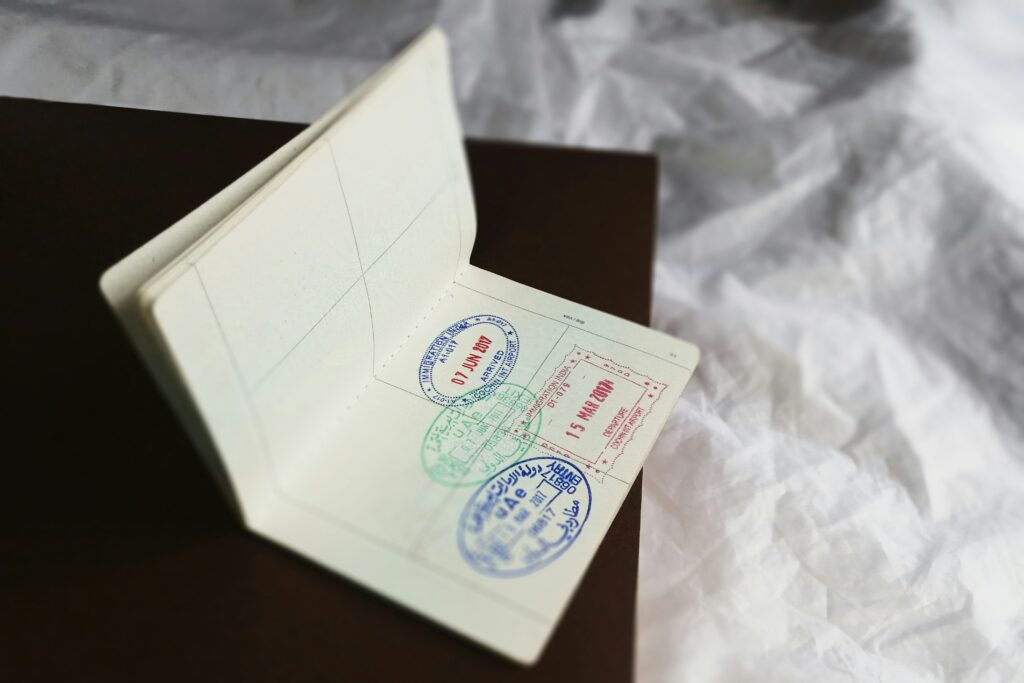Most of the third-country nationals who need a passport to enter Austria also need a visa for both entering and staying in the country. Such exceptions are capable of being decided on at a European level, including via an Austrian federal law or as part of international treaties with other countries.

Requirements
General guidelines and requirements that are to be complied with for visa issuance:
Visa application form
Up-to-date travel document permitting entrance into Austria, which would be valid for at least three months after the planned visa’s expiration and with at least two empty pages, issued not more than ten years ago.
A passport picture (portrait style, 35 x 45 mm) which complies with the given criteria for passport pictures.
Presentation of a travel health insurance policy that guarantees coverage throughout the intended stay (amount of cover: 30,000 Euros (for the entire Schengen area).
proof of sufficient money that can be used to support the whole duration of the intended travel and return to the home or residence country. There can also be additional supporting documents requested by the appropriate authorities (accommodation bookings, invitations, booking confirmations, proof of return journey, and employment evidence). Since they are aligned with the national standards and harmonised with other Schengen countries, the documents you must submit can differ from place to place.
Competent authority
However, all visa applications are usually processed by Austrian representation offices (BMEIA) abroad, but in particular cases or extensions, the border control post or the state police headquarters might be concerned.
The Austrian visa application process depends on your purpose of travel, citizenship and period of stay you intend to make. Please use these instructions to apply for the most commonly granted Austrian visas:
Types of Austrian visas
Schengen Visa (Type C): Short-Stay Visa. To visit family, go on holiday, business travel or pass through Austria. The homepage has an “imprint” in the lower corner.
Travel in the Schengen Zone is allowed by this visa since Austria belongs to the Schengen Agreement. National Visa (Type D), also referred to as a long-stay visa.
For periods of more than 90 days (i.e. while working, studying or moving with family).
You get a national visa for a maximum of six months, after which you need to apply for a permanent residence permit.
Residence permits
If you want to live, work or study in Austria for a long time.
Types include:
- Red-White-Red Card (for employees who qualified).
- Student residence permit.
- Family reunification permit.
If applying from within Austria, Asylum status.
Application steps
Book an appointment: At the Austrian Embassy or Consulate where you are residing.
For countries such as VFS Global, Austrian visas are processed by select nations.
Attend the Visa Interview: Hand in your documents, give biometric data and pay the appropriate visa fee (generally €80 for Schengen visas, which varies for long-stay visas).
Wait for a decision: Short-stay visas: 15 days. Response in several weeks to months.
Further information for refugees or Asylum seekers
If you are already within the territory of Austria and apply for asylum, you are no longer required to have a visa; your status will be determined in Austria.
For non-Austrians who want to resettle as a refugees, the UNHCR normally arranges the resettlement programs with Austria. The issuing authority for Schengen visas is the representation office ( BMEIA ) of the country whose main travel destination the visa applicant’s destination of travel is. If the applicant intends to spend an equal amount of time in several European countries during the trip, he or she should apply through the embassy of the country of arrival. If the secondary destination is involved, the relevant protocol requires the responsibility to be with the representation office in the country whose territory is the primary travel destination, which is established by the duration and nature of the visit. In the absence of a dominant point of destination, the visa has to be provided by a member country through which the applicant first enters the Schengen zone.
Type A and C visas
In consular districts where the applicant has their legal place of residence, applications for categories A and C visas will be forwarded to the responsible representation office. A representation office can display extraordinary skill with applications of third-country nationals who legally reside but are not registered in their district, if the applicant can justify their choice to file their application to that particular consulate.
Applications for Type D visas should, however, be made to the competent Austrian representation. The issuance of type D visas is governed under section 8 of the FPG. According to these guidelines, the entity that performs official actions on a visa is defined by the country of residence of the foreign national (i.e. his central area of interest, which can be verified with registration forms, a residence permit, or a visa).
Complete listings of all representation offices, their address, opening hours and any special visa requirements are available on the website of the Federal Ministry of European and International Affairs (BMEIA).
You may also find these articles helpful
Frequently Asked Questions on Austria
Understanding the impact of criminal records on immigration to Austria
Assessing social benefits and welfare as an immigrant in Austria
